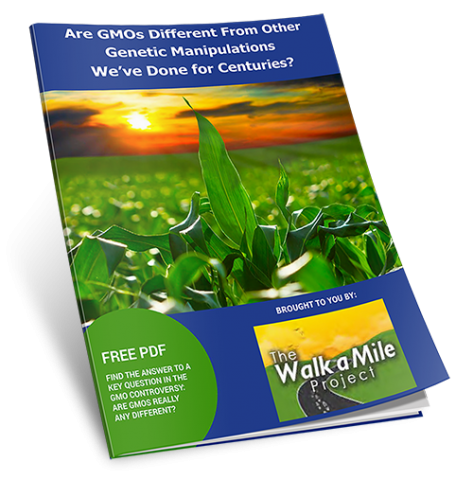Non-GMO Food Demand Grows in Europe
Europe already requires labeling for GMO foods, specifically foods that contain more than 0.9% genetically engineered ingredients. With that kind of regulatory framework already in place, you wouldn’t expect a need for anything resembling America’s Non-GMO Verified project, or any kind of non-GMO designation. Yet demand for non-GMO labeled food is still growing in the EU. What gives? “The necessity comes … from the...
Chipotle – GMO or Non-GMO?
When you hear Chipotle, you think delicious overstuffed burrito, too much to eat in one sitting. But it’s okay because it’s healthy, GMO free, right? Well, hate to burst your bubble (trust me, mine was burst too) but our dear, reliable, go-to Chipotle may not be such a no-brainer healthy stop after all. Turns out, the meat and dairy served by Chipotle most likely comes from animals that have consumed GMOs. The disclaimers...
GMOs and Biodiversity
Looking for clear answers regarding human health is a big part of the GMO controversy. But there’s more to think about than our bodies. What about the broader environmental impact of GMOs? “Safety,” in sum, has been narrowly defined as human nutritional health, excluding many important safety dimensions and ignoring impacts on the larger agricultural, social and ecological systems. Let’s look at weed-resistant crops, for...
Fighting E. Coli With GMOs?
Anyone who’s ever had an E. coli infection won’t forget it quickly. Last May, 16 people became sick from E. coli linked to clover sprouts. Another outbreak at the same time had 12 people sick from ground beef, and last year 33 people fell ill from ready-made salad mix. And that’s just to name a few. Shiga toxin-producing E. coli (STEC) is the one most commonly heard about in the news in association with foodborne...







